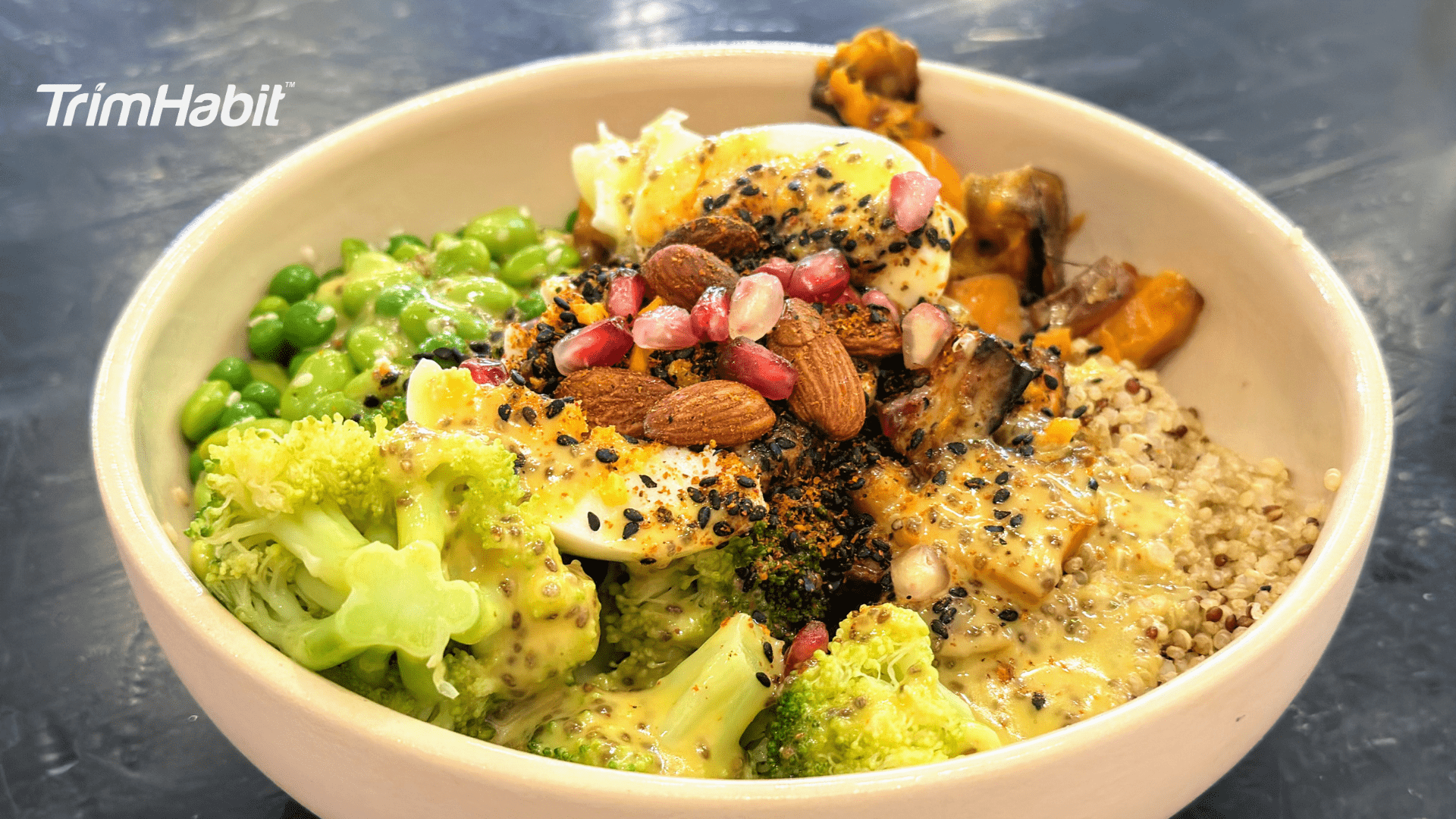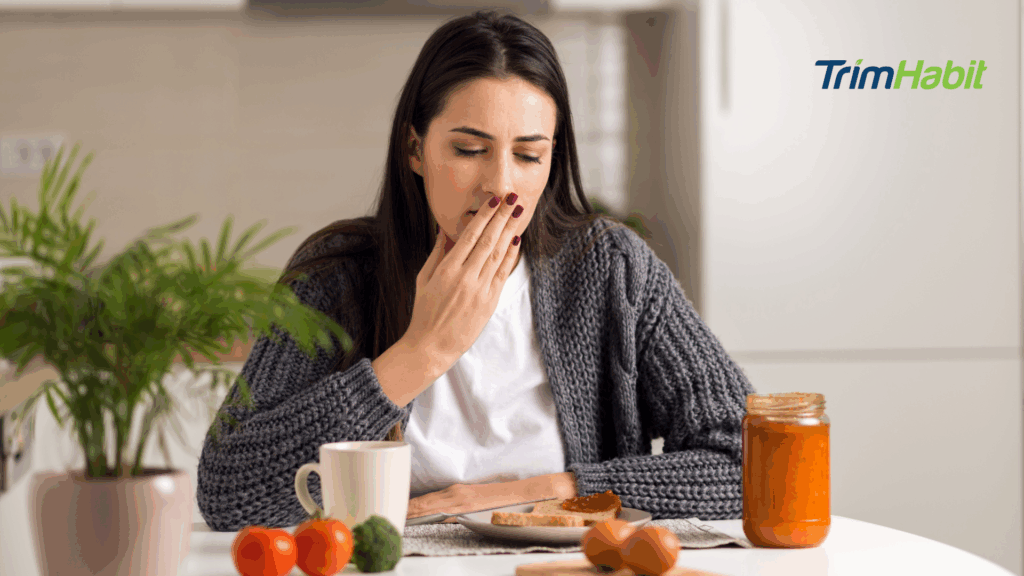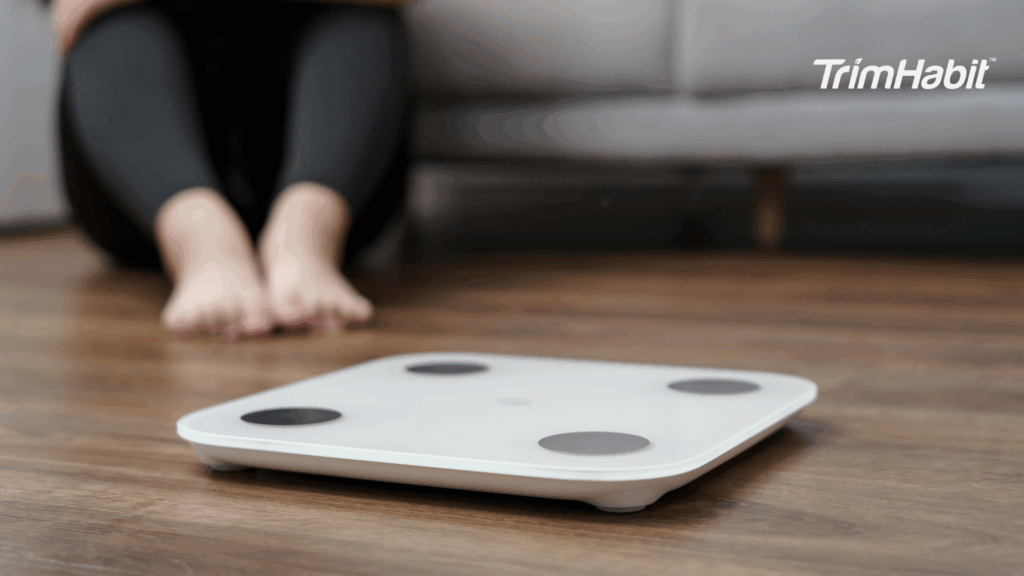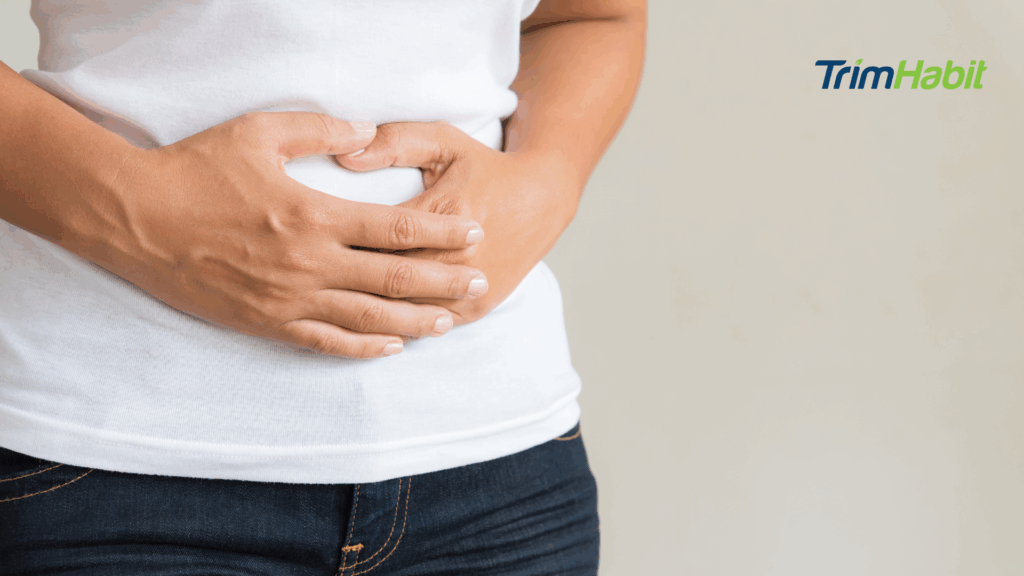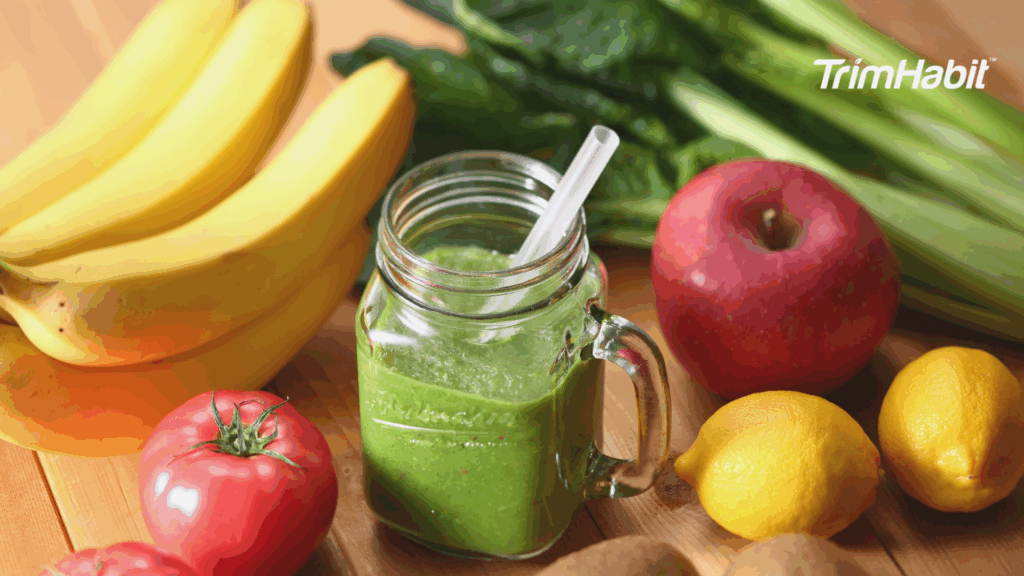When you use a medication that helps manage appetite, the food you choose becomes a key part of staying energized and steady throughout the day. You rely on meals that support your hunger signals without overwhelming your stomach, and this is where thoughtful nutrition makes the biggest difference.
As you focus on high-protein vegetarian meals for semaglutide weight loss, you begin to build meals that feel satisfying yet light. These choices help you stay comfortably full, regulate hunger more easily, and digest food with less strain.
Once your appetite softens, your usual eating patterns may shift. Smaller portions feel more comfortable, and you may notice that your stomach responds differently to certain foods. That change can make you rethink how to build meals that support you through each stage of your adjustment.
This is exactly when high-protein vegetarian nutrition becomes useful. With the right combinations, you can meet your needs, protect your strength, and stay energized without feeling weighed down. You feed your body in a way that feels natural even when your appetite is lower than usual.
As you move forward, you will see how protein supports your progress, how to structure meals that work with your appetite, and how to create eating habits that feel stable and easy to maintain.
What You Feel While Taking Semaglutide
During the first weeks, you may feel a mix of curiosity and uncertainty each time you sit down to eat. Your body adapts in its own time, and your hunger signals may feel lighter than usual. Reduced appetite can make you think you need to push food or force yourself to hit certain numbers. Instead, you can take a calmer path.
You might notice that rich meals feel too heavy, large portions feel uncomfortable, or your usual serving sizes no longer appeal to you. This shift is normal. It simply means it is time to choose foods that nourish you efficiently in smaller volumes.
Shorter meals, lighter choices, and gentle preparation styles help you stay fueled without strain. Protein rises to the top as the macronutrient that keeps you strong, balanced, and steady. When your appetite changes, protein gives you the steady fuel you need.
How Protein Solves Key Challenges
Your body thrives when you meet your protein needs, especially during a period of appetite suppression. That is because protein supports your muscle mass, metabolic health, and energy regulation1. When you rely on vegetarian protein sources, your body still receives the building blocks it needs.
Protein-rich meals support satiety, digestion, and blood sugar control. They also help you maintain strength and keep your metabolism consistent even when you experience reduced calorie intake. You may have a smaller appetite, yet your nutritional needs stay the same.
This is where strategic eating becomes a powerful tool. The right foods give you:
- Comfortable fullness
- Longer-lasting energy
- Better digestive ease
- Protection against muscle loss
The combination of protein, slow-digesting carbohydrates, and healthy fats helps your body feel fueled instead of depleted. When you build meals around these elements, you get reliable fullness and energy all day.
How Protein Protects Your Strength
When your appetite softens, you naturally eat fewer calories. This can place your muscle tissue at risk unless you prioritize protein. You protect your structure through choices grounded in lean protein, legumes, and dairy-based options.
Your ability to facilitate weight loss relies on maintaining strength. That is why you choose foods that support muscle retention and energy. You can use items like low-fat cottage cheese, whole grains, and tofu while keeping your portions reasonable.
Protein also keeps you full, which means you experience fewer cravings and smoother hunger regulation2. When your meals contain adequate protein intake, your day feels more stable.
You may wonder how much protein you need. Your needs generally depend on your activity level, goals, and muscle structure. Most people benefit from moderate servings throughout the day to keep energy balanced.
When you build meals anchored in protein intake, you support sustainable weight loss without strain.
What To Eat In A Day
With changes in hunger, keeping a gentle structure to your meals makes it easier to stay consistent. Frequent meals support comfort without heaviness. You can think of your day as small nourishment points that keep you balanced.
A morning meal can include creamy dairy proteins or legumes blended into comforting textures. A midday meal might use vegetables, grains, or tofu while keeping portions light. Your evening meal can be flexible without pressure since protein supports fullness with smaller servings.
You will build meals that avoid blood sugar spikes and stick with foods that offer smoother digestion. When your body feels hydrated, nourished, and stable, your energy remains clear rather than sluggish.
Each meal supports your weight loss efforts without creating stress around food.
Rotating Vegetarian Protein Sources
When you eat in smaller amounts, you benefit from using protein sources that feel gentle on your stomach yet dense enough to deliver results. Variety also keeps meals interesting, which supports sustainable habits.
Sources you may include throughout your week:
- Soy foods that deliver complete protein
- Legumes that offer fiber and slow carbohydrate release
- Dairy choices that feel light but nourishing
- Nutrient-dense grains that pair smoothly with vegetables
Flexibility matters. On some days, you may prefer simple cottage cheese with fruit, while on others, a warm lentil soup may feel soothing. The more familiar you become with varied textures, the easier it becomes to adjust without forcing meals.
Smart Carbohydrates For Gentle Energy
Your carbohydrates can come from whole grains, legumes, and vegetables that support your energy without heaviness. They keep you steady without overwhelming your stomach.
You can rely on gentle carbohydrates like brown rice, whole grains, zucchini noodles, and cauliflower rice. Smaller portions are often enough to satisfy you. These foods pair beautifully with plant proteins and create meals that digest comfortably.
You avoid sugary drinks and sugar-sweetened beverages since they create rapid shifts in energy that leave you drained. Instead, choose carbohydrates that nourish you gradually, providing calm, steady energy for the rest of your day.
Smart Fats That Support Your Progress
You support your progress when you choose fats that help your body absorb nutrients while keeping your heart strong. You can use olive oil in small amounts, incorporate avocado slices, or choose foods rich in unsaturated fats.
Your meals remain satisfying without feeling rich or overwhelming. As a result, your digestion stays comfortable while your meals feel complete. You learn how to find a smooth balance that fuels you without excess.
What To Avoid For Comfort And Progress
As you move through your weight loss journey, certain foods may feel harder to digest or leave you sluggish. You can gently limit these without feeling deprived.
Items to avoid or reduce:
- Fried foods
- Trans fats
- Sugary drinks
- Carbonated beverages
These can create bloating or discomfort when appetite signals shift. Steering clear of them supports your digestion, your energy, and your well-being.
High-Protein Meal Ideas That Fit Easily Into Your Day
Here is where your meals come together. You can prepare them in small, nourishing portions without feeling weighed down. Each idea supports your body weight goals and your overall health.
You may try:
- A bowl of plain Greek yogurt with chia seeds and honey
- A plate of mixed greens with red onion, cherry tomatoes, diced tomatoes, feta cheese, and olive oil
- A warm serving of lentil soup flavored with fresh mint
- A wrap using a whole-grain tortilla with hummus lentil soup on the side
- A bowl of steamed broccoli paired with black beans or kidney beans
- A light snack of vegetable sticks with cottage cheese
- A bowl of shredded cabbage with roasted chickpeas
- A plate of snap peas with unsalted nuts
- A soft scrambled eggs breakfast paired with a poached egg if you want more protein
- A serving of green beans paired with brown rice and avocado slices
Each option delivers nutrients in gentle portions that digest comfortably.
High-Protein Vegetarian Meals For Semaglutide Weight Loss: 1-Week Meal Sample Plan
These examples are not rules. They simply illustrate how flexible vegetarian eating can support your progress in a peaceful way.
Day One
Breakfast: Plain Greek yogurt with chia seeds, diced strawberries, and a sprinkle of unsalted nuts (~20g protein)
Snack: Vegetable sticks (cucumber slices, bell peppers) with hummus (~5g protein)
Lunch: Lentil soup with shredded cabbage, diced tomatoes, and a side of steamed broccoli (~25g protein)
Snack: Low-fat cottage cheese with cherry tomatoes (~15g protein)
Dinner: Tofu stir-fry with cauliflower rice, green beans, and olive oil (~30g protein)
Day Two
Breakfast: Scrambled eggs with spinach, bell peppers, and feta cheese (~20g protein)
Snack: Unsalted nuts and a small apple (~6g protein)
Lunch: Chickpea and quinoa salad with mixed greens, cucumber slices, cherry tomatoes, and avocado slices (~25g protein)
Snack: Plain Greek yogurt with fresh mint (~15g protein)
Dinner: Lentil and vegetable curry served with brown rice (~28g protein)
Day Three
Breakfast: Smoothie with plain Greek yogurt, almond butter, chia seeds, and frozen berries (~25g protein)
Snack: Roasted chickpeas (~10g protein)
Lunch: Tofu and vegetable wrap using a whole grain tortilla, shredded cabbage, bell peppers, and hummus (~25g protein)
Snack: Low-fat cottage cheese with cucumber slices (~15g protein)
Dinner: Zucchini noodles with kidney beans, diced tomatoes, and olive oil (~28g protein)
Day Four
Breakfast: Poached eggs on whole grain toast with avocado slices (~20g protein)
Snack: Unsalted nuts and snap peas (~6g protein)
Lunch: Black bean salad with quinoa, cherry tomatoes, mixed greens, and feta cheese (~25g protein)
Snack: Plain Greek yogurt with chia seeds (~15g protein)
Dinner: Roasted tofu with steamed broccoli, green beans, and a small serving of brown rice (~30g protein)
Day Five
Breakfast: Low-fat cottage cheese with diced fruit and almond butter (~20g protein)
Snack: Vegetable sticks with hummus (~5g protein)
Lunch: Hummus lentil soup with shredded cabbage and a side of whole grain tortilla (~25g protein)
Snack: Roasted chickpeas (~10g protein)
Dinner: Tofu and vegetable stir-fry with cauliflower rice and olive oil (~30g protein)
Day Six
Breakfast: Greek yogurt with chia seeds, diced tomatoes, and fresh mint (~20g protein)
Snack: Almond butter on celery sticks (~5g protein)
Lunch: Lentil and vegetable bowl with quinoa and bell peppers (~25g protein)
Snack: Low-fat cottage cheese with cucumber slices (~15g protein)
Dinner: Black bean and zucchini noodle skillet with diced tomatoes and olive oil (~28g protein)
Day Seven
Breakfast: Scrambled eggs with spinach and feta cheese (~20g protein)
Snack: Unsalted nuts and snap peas (~6g protein)
Lunch: Tofu and mixed vegetable salad with avocado slices and mixed greens (~25g protein)
Snack: Plain Greek yogurt with chia seeds (~15g protein)
Dinner: Roasted chickpeas with steamed broccoli, cauliflower rice, and olive oil (~30g protein)
Meal Prepping For Calm Structure
When appetite shifts, meal prepping creates a sense of calm rather than stress. Preparing vegetables, grains, and protein sources in advance allows meals to come together with ease. Complicated recipes are not required. Nourishing items simply stay within reach.
Beans, tofu, vegetables, and grains can be cooked ahead of time. Items like whole grain tortilla wraps, diced tomatoes, hummus, and steamed broccoli can be stored for quick assembly. These pieces make eating feel more consistent and reduce the need for constant decisions.
Meals naturally contain fewer calories while still feeling satisfying, which encourages patterns that last for the long term.
Long-Term Mindset
Success on semaglutide depends on consistency rather than pressure. Habits form naturally as appetite changes, especially when protein, grains, vegetables, and healthy fats are readily available.
Balanced, satisfying meals make progress feel achievable and enjoyable. Flexibility, curiosity, and attention to hunger cues help guide meal choices instead of ignoring appetite. Prioritizing protein, fiber-rich foods, whole grains, and nourishing fats supports strength, energy, and overall health.
Following a high-protein vegetarian plan while on semaglutide allows weight loss without strain. Meals become a source of support, helping maintain comfort and steady progress.
Conclusion
High-protein vegetarian meals complement semaglutide by keeping energy steady, preserving muscle, and managing reduced appetite. Thoughtful ingredients, balanced meals, and simple preparation create consistency and satisfaction.
This plan makes meals feel easy and nourishing rather than restrictive. Energy remains stable, confidence grows, and every choice supports your weight loss journey. Following a sustainable, structured plan with semaglutide helps ensure lasting results while keeping meals enjoyable and satisfying.

